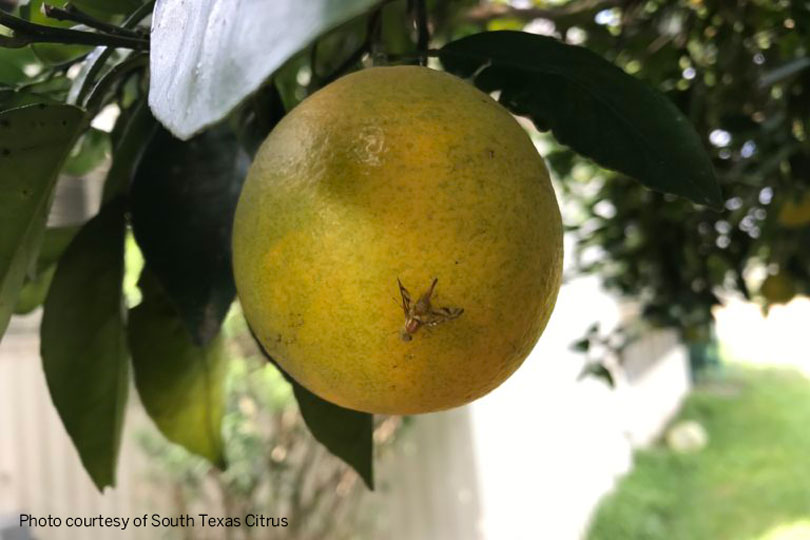By Justin Walker
Communications Specialist
The U.S. Department of Agriculture (USDA) is allocating funds to Texas to support plant health and pest mitigation activities.
The Lone Star State will receive $1.9 million to help strengthen the nation’s infrastructure for pest detection and surveillance, identification and threat mitigation, as well as to safeguard U.S. nurseries. Funds are administered through the Plant Protection Act Section 7721.
“Texas is a critical partner in protecting U.S. agriculture,” USDA Undersecretary Greg Ibach said. “With this funding, Texas will be able to better protect its own resources, and, in doing so, contribute to USDA’s mission of keeping our nation’s agriculture economy healthy and strong.”
The funds are a part of $66 million that will support projects in 49 states, Guam, Puerto Rico and the Northern Mariana Islands.
Projects receiving the funds include:
- $571,000 for critical entry point monitoring for the pests of biosecurity concern
- $319,422 to support National Clean Plant Network foundation plant stocks for citrus and roses
- $290,399 for single nucleotide polymorphisms (SNPs)-based diagnostic tools for the rapid identification of the boll weevil
- $172,540 for detection surveys and eradication of the invasive root weevil in South Texas
- $98,365 for modeling analysis of pest risks to agricultural timber and the Southern pine beetle
- $89,199 to support methods development using microbial and viral metagenomes for Mexican fruit fly
- $75,122 for molecular detection of Angiostrongylus parasites of human concern in established invasive mollusks in Texas and Louisiana
- $65,000 for conducting a stone fruit commodity survey in Texas
- $60,000 to support an integrated Texas statewide invasive pest and plant health public education and outreach program
- $60,000 to survey for exotic wood-boring beetles in pine and oak trees in Texas
USDA has helped fund 2,346 projects through the Plant Protection Act since 2009, allocating about $293.5 million in funds during that time.
Click here to learn more about invasive plant pests and diseases.

